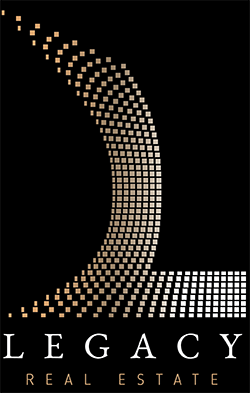

The following are some typical applications of virtual reality and augmented reality in real estate:
The integration of AR and VR technology presents numerous benefits, such as enhanced tenant engagement, increased communication, stronger buyer relationships, wider customer reach, cost-effectiveness, and efficient resource management.
In Australia's real estate market, augmented reality, or AR, has gained popularity recently. Certain apps use it for tasks like home design and styling, as well as property marketing.
The virtual reality (VR) property market may reach $2.6 billion in value by the end of 2025, according to a Goldman Sachs research paper.
When AR is integrated with mapping in the real estate industry, it can produce excellent visualizations of potential future views and viewpoints. Because of this, it is good for teaching how to construct maps and aids in the creation of an improved map base.
AR can improve maps, according to earlier studies. It can display contours, topographical features, and the relationships between different sites. Place names can now be viewed more clearly as a result.
Augmented reality (AR) and virtual reality (VR) provide 360-degree views of projects that are still in the initial design phase, displaying complex fitting and fixture layouts from any angle. Moreover, building companies can visualize and assess client responses by using VR technology to improve their spatial comprehension.
Virtually reality's realistic quality allows it to focus on specific surface aspects and lighting, providing a fully realized sensation of a verandah that seems completely authentic. Renters or purchasers can now relate emotionally to what they see.
The most recent and most complete experiences for customers are made possible in large part by AR/VR. Florian Couret, Head of Innovation in Digital at a Real Estate firm, has an important point of view to provide in this regard. In his opinion, in-person interactions and real-world exploration are not intended to be replaced by AR/VR technology. It's supposed to strengthen and assist them instead. Real estate agents can use this to add distinctive elements that enhance the sales process.
The usual sales cycle for a property might be reduced by up to 40% with the use of VR and AR technologies, according to a Duff & Phelps study. Managers and professionals in real estate could find that this greatly expedites decision-making and boosts sales efficiency.